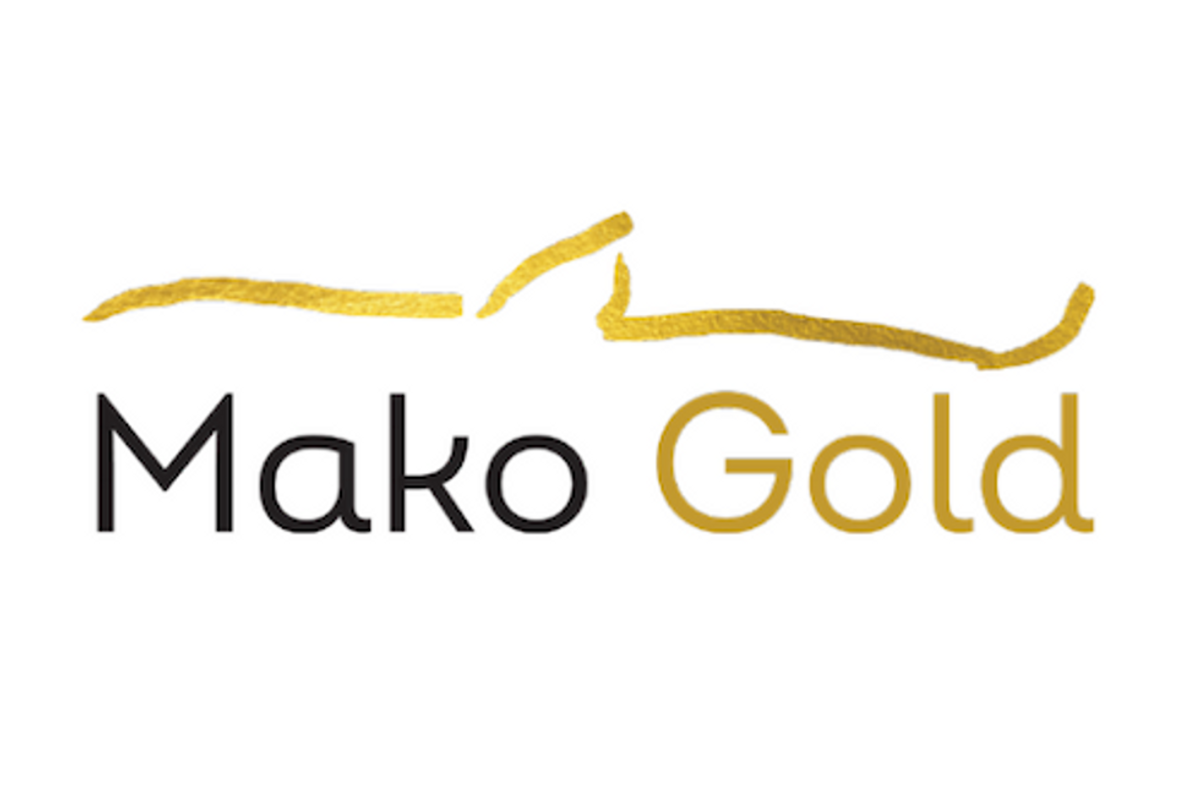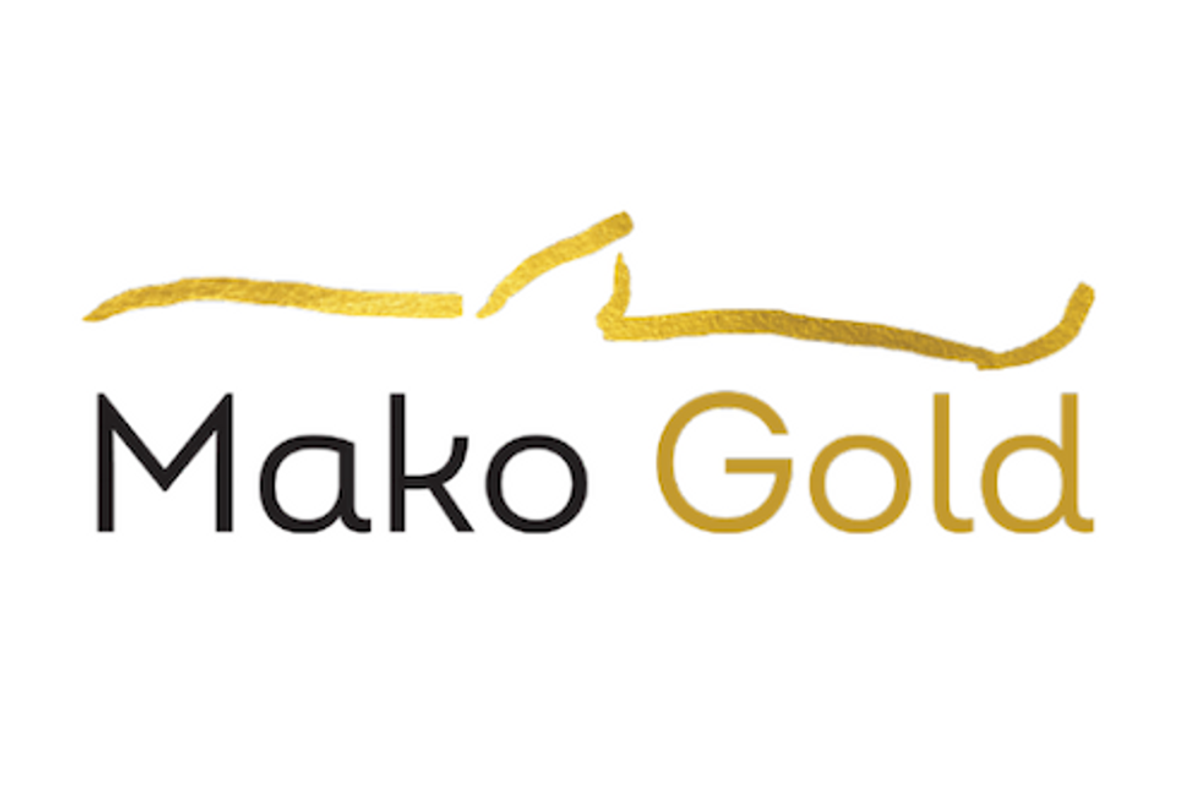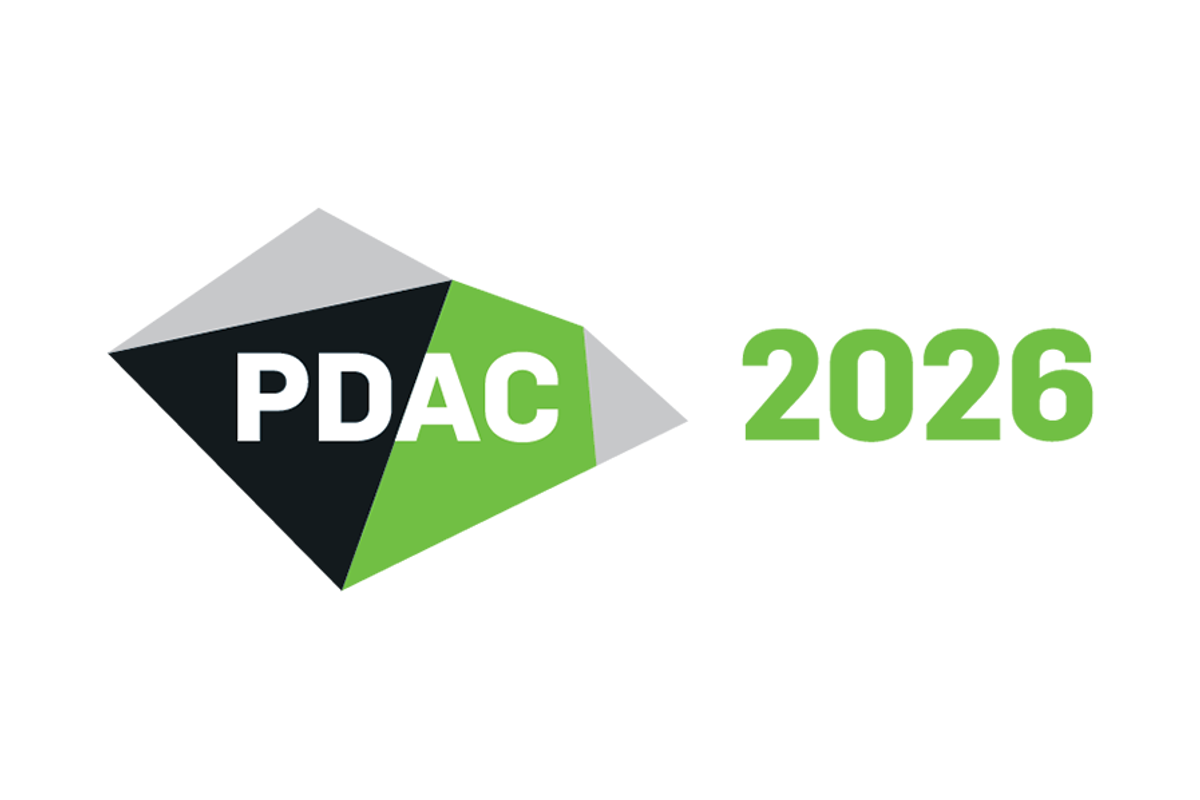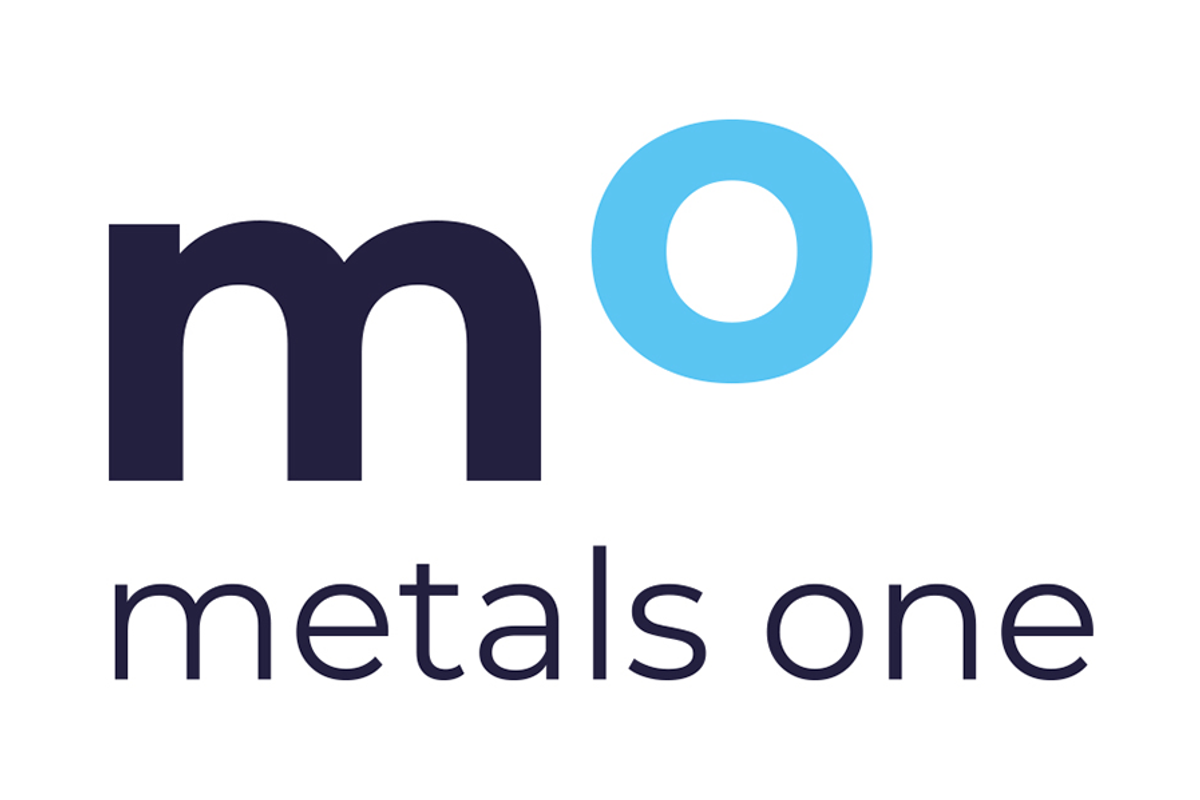
March 10, 2022
Mako Gold Limited (“Mako” or “the Company”; ASX:MKG) is pleased to advise that it has commenced a 1,500m DD drill program at the Gogbala Prospect within the Company’s flagship Napié Project in Côte d’Ivoire. Gogbala is located on a +23km soil anomaly and coincident 30km-long Napié Fault (Figure 3).
HIGHLIGHTS
- Diamond Drill (DD) rig commences 1,500m drill program at Gogbala to test mineralisation at depth and to gain valuable structural and geological data to enhance the understanding of the deposit
- DD rig is supplementing ongoing RC rig to accelerate drilling to deliver a maiden Mineral Resource Estimate (MRE) in Q2-CY22
- Drilling is extensional in nature with the aim to increase the upcoming maiden MRE at depth (existing drilling only testing to 100m vertical depth)
- Komboro AC drilling program (5,712m) is complete – assay results pending
- Phase 1 of Tchaga North AC drilling (5,715m) program complete – assay results pending
Mako’s Managing Director, Peter Ledwidge commented:
“We are pleased to be accelerating the drilling with the addition of a second drill rig at Gogbala. Our RC drilling to date has been relatively shallow, generally down to about 100m vertical depth. The DD rig will allow us to test mineralisation at greater depth, in order to show the potential to add ounces to the deposit at depth. In addition, the oriented core samples from DD will unlock valuable structural and other geological information to better understand the deposit at Gogbala.
We are also pleased to have recently completed over 11,000m of AC drilling on the Komboro and Tchaga North prospects with the aim of making a new discovery at Napié. We look forward to providing AC, RC and DD assays results as they are received.”
Click here for the full ASX Release
This article includes content from Mako Gold, licensed for the purpose of publishing on Investing News Australia. This article does not constitute financial product advice. It is your responsibility to perform proper due diligence before acting upon any information provided here. Please refer to our full disclaimer here.
MKG:AU
The Conversation (0)
24 August 2021
Mako Gold
Exploring High-Grade Gold Deposits in Côte d'Ivoire
Exploring High-Grade Gold Deposits in Côte d'Ivoire Keep Reading...
04 December
Top 5 Australian Mining Stocks This Week: African Gold Shines on Acquisition by Montage
Welcome to the Investing News Network's weekly round-up of the top-performing mining stocks listed on the ASX, starting with news in Australia's resource sector.Gold, rare earths, metals and iron ore are all in this week’s list, with each company’s share climbing on either M&A news or project... Keep Reading...
04 December
Frank Holmes: Next Gold, Silver Price Calls, Plus Top 2026 Asset
Frank Holmes of US Global Investors (NASDAQ:GROW) shares his forecast for gold and silver.He sees gold testing US$5,000 per ounce next year and then reaching US$7,000 by the end of US President Donald Trump's second term in office. "And I think that silver will be over US$100," he added.Don't... Keep Reading...
04 December
Gold’s Next Test: WGC Lists 3 Potential Price Scenarios in 2026 Outlook
Investors should brace for continued economic uncertainty and financial market volatility in 2026, the World Gold Council (WGC) warns in its 2026 outlook — and those circumstances could have various effects on gold. After a blistering 2025 that has so far seen the yellow metal hit more than 50... Keep Reading...
04 December
Exploring Investment Opportunities in Colombia’s High-grade Gold Resource
Colombia's mining sector is experiencing a renaissance, with the country's rich mineral resources attracting increasing attention from global investors. At the forefront of this resurgence is the Antioquia region, a historical gold-mining hub that continues to yield impressive results. This... Keep Reading...
04 December
Registration opens for PDAC 2026: The World’s Premier Mineral Exploration & Mining Convention
The Prospectors & Developers Association of Canada (PDAC) is pleased to announce that registration is now open for PDAC 2026, taking place March 1-4, 2026, at the Metro Toronto Convention Centre in Toronto. The world’s leading gathering for mineral exploration and mining will once again unite... Keep Reading...
04 December
Placement to Institutional and Sophisticated Investors, Appointment of Joint Broker,Issue of Equity & TVR
Metals One (AIM: MET1, OTCQB: MTOPF), a critical and precious metals exploration and development company, is pleased to announce it has successfully raised gross proceeds of £4.4 million (before expenses) through a placing of new ordinary shares with institutional and sophisticated investors... Keep Reading...
Latest News
Latest Press Releases
Related News
TOP STOCKS
American Battery4.030.24
Aion Therapeutic0.10-0.01
Cybin Corp2.140.00






